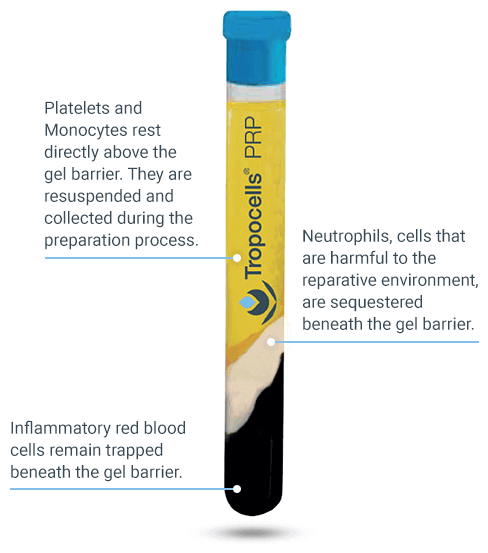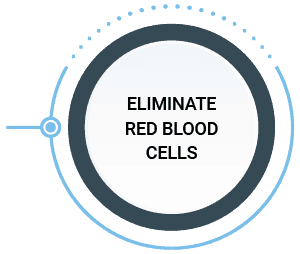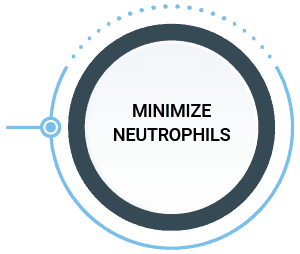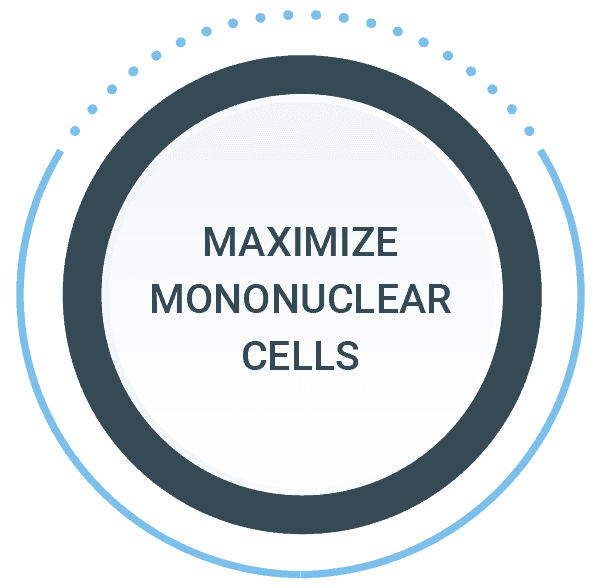

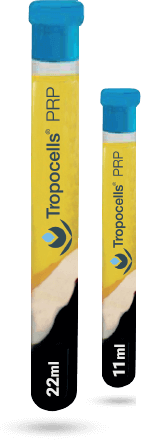

PRP provides an innovative and efficient approach for the healing of difficult wounds.
PRP is thought to promote physiological healing and accelerate tissue regeneration by delivering high concentration of growth and clotting factors essential for connective tissue healing; regenerative properties to aid in the repair of bone, tendon, cartilage and ligaments; promoting development of new blood vessels and stimulating wound healing.
Platelet concentrate functions as a tissue sealant and has been used to treat wounds for long time, these cells initiate wound repair by releasing locally acting growth factors via degranulation of the alpha granules. PRP may provide a solution also when dealing with acute or chronic wounds, in which the healing environment may become impaired by individual patient factors and wound factors.
Chronic Wounds:
- Leg Ulcers
- Diabetic Ulcers
- Pressures Sores
Acute Wounds:
- Surgical Wounds
- Burns
- Fistulas
- Skin Graft
Treating the wound site with Tropocells® PRP helps:
- Initiate and accelerate tissue synthesis, tissue, bone and joint surface regeneration
- Promote the development of new blood vessels
- Decreasing the occurrence of infection, complications and discomfort
- Speeding up the natural wound healing time
- Significantly reducing post-operative pain
How does Tropocells® PRP functions?
-
- Tissue sealant (re-approximating incisions and wounds)
- The platelets act as growth factor’s releasers when stimulated, and affect the growth and generation of new tissue
PRP can:
-
- Decrease inflammation by interacting with macrophages to improve tissue healing and regeneration
- Promote capillary growth and accelerate epithelialization
- Using Tropocells® PRP in Cardiac surgery helps reducing the occurrence of sternal wound infections.act as growth factors affect
SIMPLIFYING PRP PREPARATION
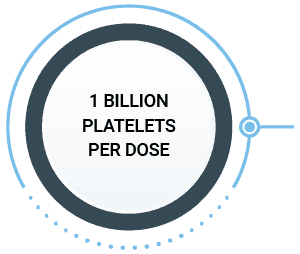
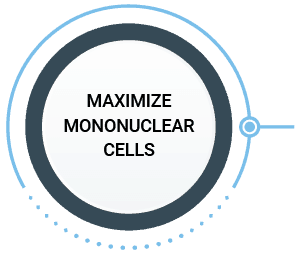
Monocyte-rich
Neutrophil-poor PRP
